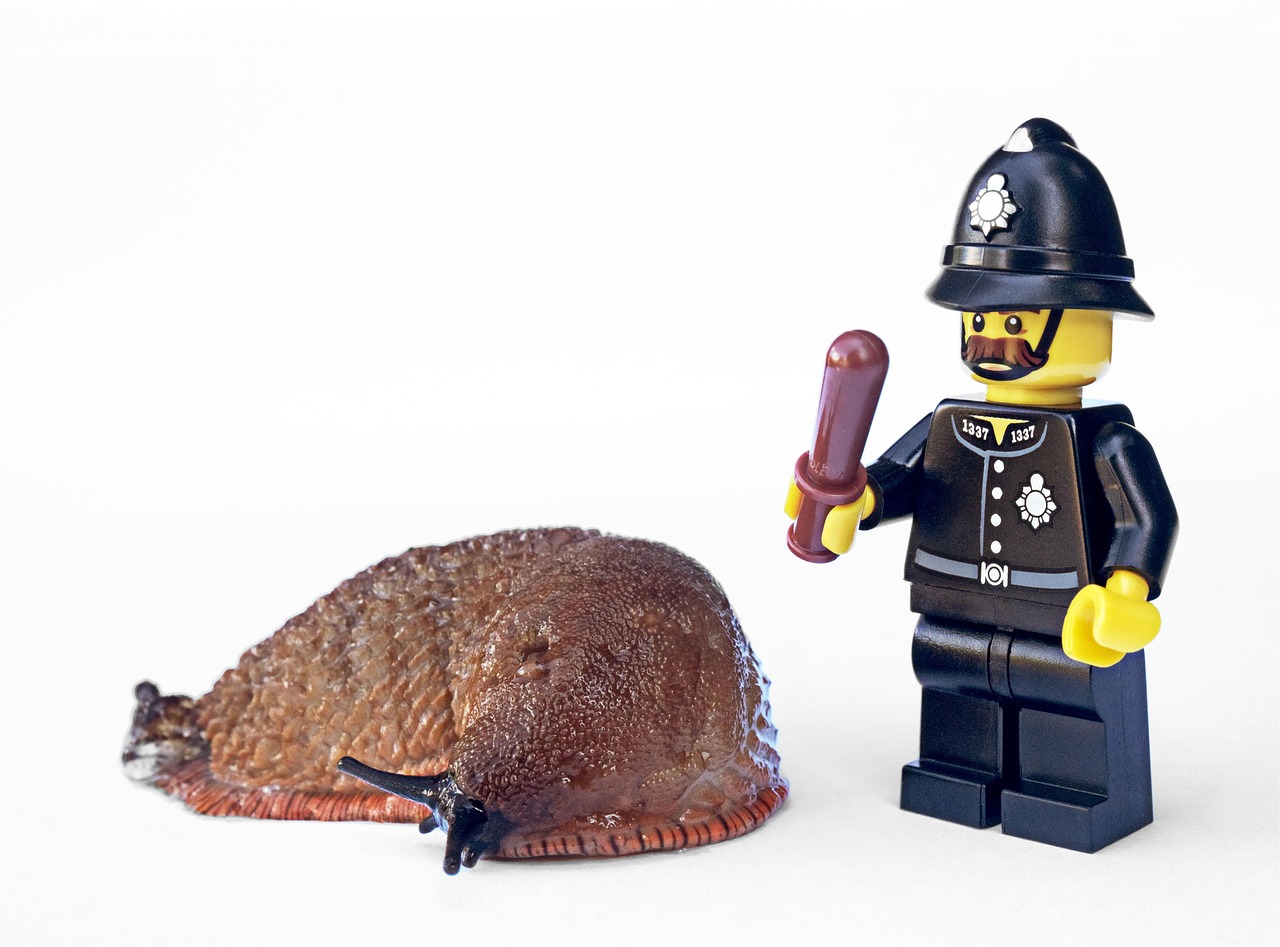A rat exterminator is a professional who specializes in identifying, controlling, and removing rat infestations from homes or businesses. They use various methods such as traps, baits, and exclusion techniques to effectively eliminate rats and prevent future problems. The most reliable way to get rid of rats is to hire a skilled exterminator who understands rat behavior and uses targeted treatments for lasting results.
Rats pose health risks and can cause damage to property, making timely extermination important. An expert can assess the severity of the infestation and recommend the best strategy tailored to the specific situation.
Understanding what services a rat exterminator offers and how they operate can help property owners make informed decisions when dealing with an infestation. This knowledge ensures that efforts to remove rats are both safe and effective.
Rat Extermination Services
Rat extermination involves targeted methods, thorough property assessments, and selecting experienced professionals. Different techniques suit varying infestation levels, and a detailed inspection helps identify problem areas. Choosing a qualified exterminator ensures effective and safe pest control solutions.
Types Of Rat Extermination Methods
Common methods include trapping, baiting, and exclusion. Trapping uses mechanical or electronic traps placed near rat activity zones. These traps need regular monitoring and safe disposal of captured rats.
Baiting involves placing poison rodenticides in secure bait stations. This reduces risk to pets and children while controlling rats. However, it requires careful placement to avoid contamination.
Exclusion focuses on sealing entry points, such as gaps and holes in walls or foundations, preventing rats from returning. This method supports other control measures by blocking reinfestation.
Integrated Pest Management (IPM) often combines these methods for efficiency. Selecting the appropriate method depends on infestation severity, location, and safety considerations.
Assessment And Inspection Process
The inspection starts with identifying signs like droppings, gnaw marks, and nesting materials. Professionals check entry points, food sources, and water availability.
They also evaluate property structure for vulnerabilities such as cracks, vents, or poorly sealed doors. An accurate assessment pinpoints infestation hotspots and potential rat pathways.
Recording infestation type and size guides method selection. Inspectors often recommend sanitation improvements alongside extermination to reduce attractants.
Documentation includes photographs and detailed notes, which help track treatment progress. This process is essential to tailor an effective extermination plan.
Choosing A Qualified Rat Exterminator
A reliable exterminator holds proper licenses and certifications relevant to pest control. Experience with rat infestations in similar properties is important.
Professional exterminators use EPA-approved products and follow safety protocols to protect occupants and pets. They often provide written estimates and clear treatment plans.
Customer reviews and references help gauge effectiveness and service quality. Licensed companies offer warranties or follow-up visits to ensure lasting results.
Transparent communication about risks, timelines, and costs is a vital sign of a competent professional. Selecting a qualified exterminator maximizes the chances of successful rat removal.
Prevention And Long-Term Rat Control
Effective rat control depends on understanding how rats enter buildings and maintaining a clean, secure environment to prevent infestations. Addressing these factors reduces the chances of re-infestation and supports long-term success.
Identifying Common Entry Points
Rats enter buildings through gaps, cracks, and holes as small as half an inch. Common entry points include:
- Broken vents and damaged window screens
- Gaps around pipes and utility lines
- Cracks in foundations and walls
- Unsealed doors and missing door sweeps
Inspecting these areas regularly helps locate vulnerabilities early. Sealing entry points with materials like steel wool, metal flashing, or concrete prevents rats from squeezing in.
Sanitation And Exclusion Strategies
Removing food and water sources is essential. Store food in sealed containers and clean up spills immediately. Trash should be kept in tightly closed bins.
Eliminating clutter inside and outside the building removes hiding spots. Regularly trimming vegetation near the structure reduces rodent pathways.
Installing door sweeps, sealing wall cracks, and maintaining gutters also blocks rat access points. Combining these steps with entry point repairs strengthens exclusion efforts.


Leave a Reply